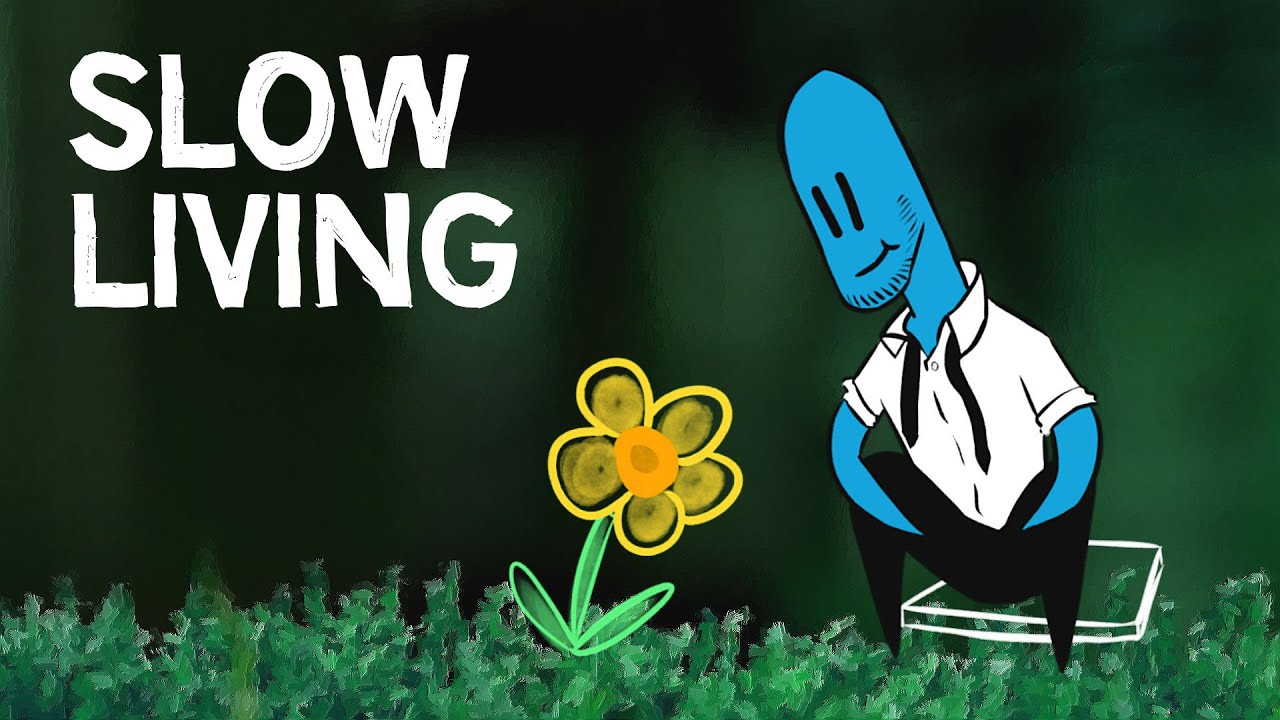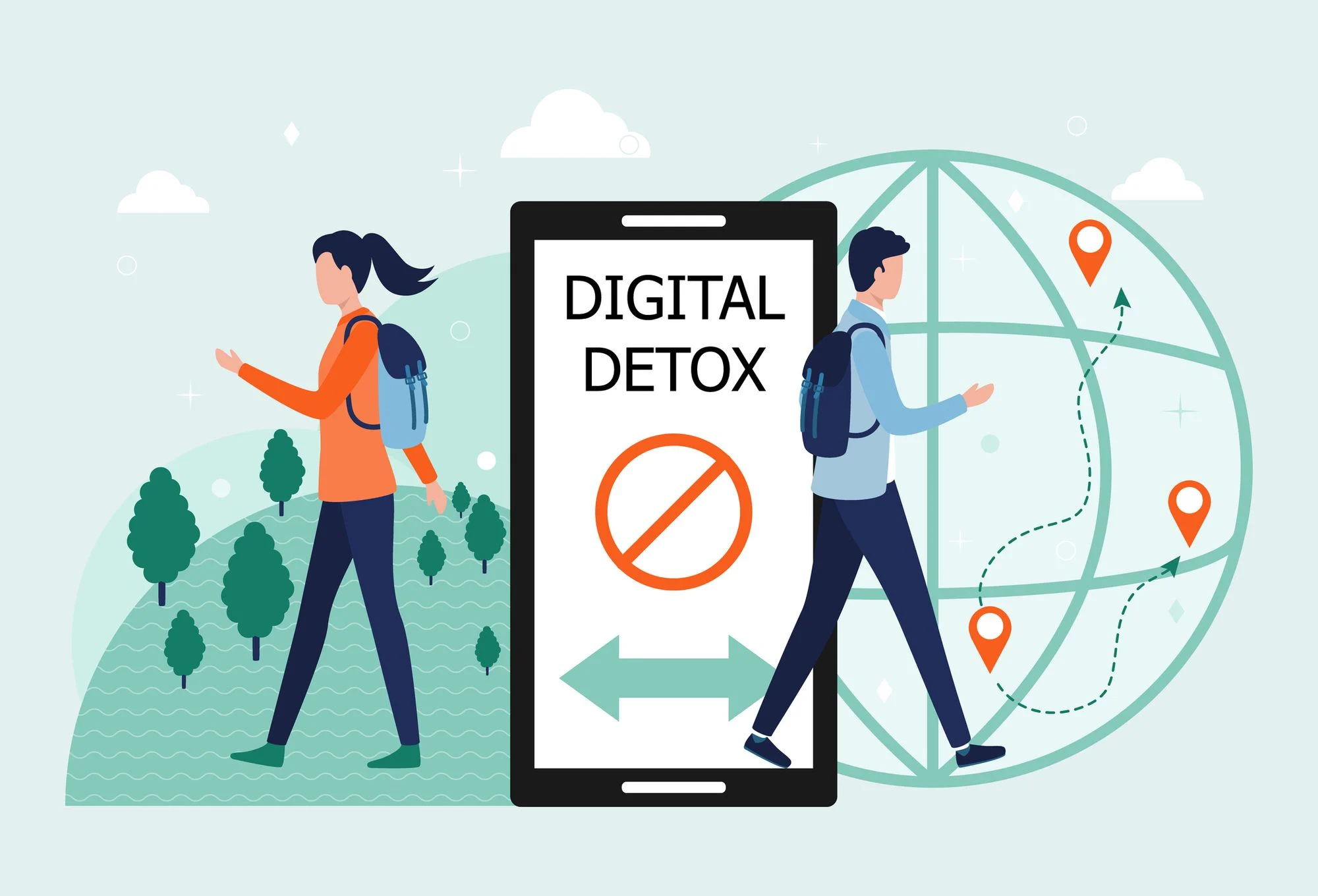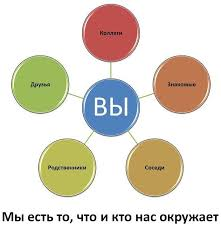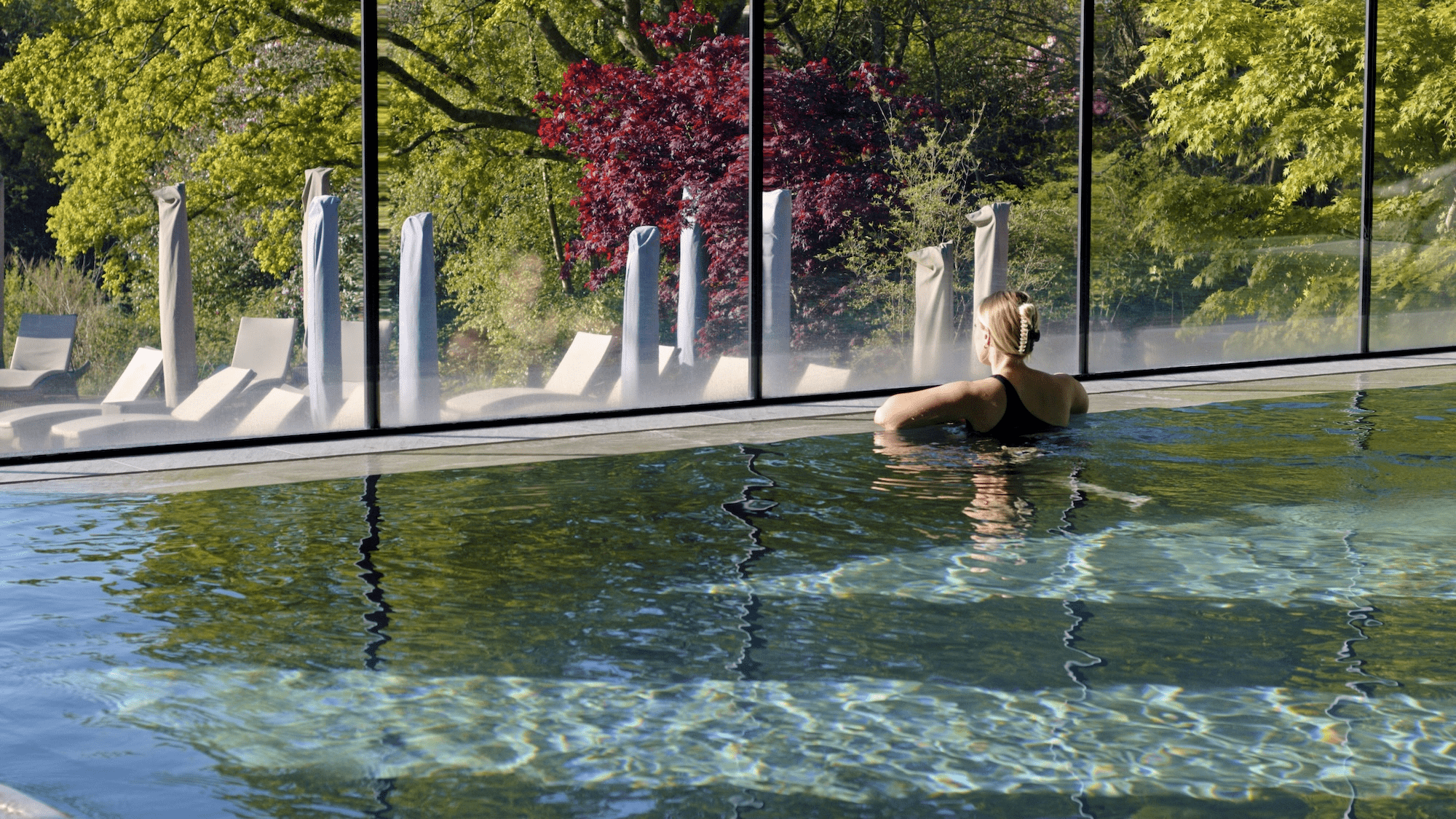Understanding the Principles of the Slow Life
The slow life is a philosophy that emphasizes quality over quantity, mindfulness over mindless activity, and connection over constant striving. It encompasses various aspects of life, from food and travel to work and leisure. It's about being present in the moment, savoring experiences, and intentionally choosing activities that align with your values. At its core, the slow life is about reclaiming control over your time and energy, and resisting the societal pressure to constantly do more.
Key Elements of the Slow Life
- Mindfulness: Paying attention to the present moment without judgment. This can involve meditation, mindful eating, or simply taking a few deep breaths throughout the day.
- Intentionality: Consciously choosing how to spend your time and energy, rather than letting external pressures dictate your actions.
- Simplicity: Reducing clutter and distractions in your life, both physical and mental.
- Connection: Cultivating meaningful relationships with yourself, your loved ones, and your community.
- Sustainability: Making choices that are environmentally responsible and support long-term well-being.
Practical Guidance: Implementing the Slow Life
1. Evaluating Your Current Lifestyle
The first step is to assess your current lifestyle and identify areas where you feel overwhelmed, stressed, or disconnected. Ask yourself: What activities drain my energy? What am I doing out of obligation rather than enjoyment? Where am I sacrificing quality for quantity?
2. Prioritizing Your Values
Once you have a clear understanding of your current situation, it's time to identify your core values. What is truly important to you? What do you want to prioritize in your life? Common values include health, family, creativity, learning, and contribution. Once you know your values, you can start making choices that align with them.
3. Strategies for Slowing Down
- Digital Detox: Set boundaries around your technology use. Schedule specific times to check email and social media, and turn off notifications to minimize distractions. Consider a complete digital detox one day a week.
- Mindful Eating: Pay attention to the taste, texture, and aroma of your food. Eat slowly and savor each bite. Avoid eating in front of the TV or while working.
- Nature Immersion: Spend time outdoors, connecting with nature. Go for a walk in the park, hike in the woods, or simply sit outside and enjoy the sunshine. [**Markdown URL:**](https://www.takingcharge.csh.umn.edu/how-does-nature-impact-our-wellbeing)
- Decluttering: Get rid of unnecessary possessions. Donate or sell items that you no longer use or need. Create a simpler, more organized living space.
- Saying No: Learn to decline commitments that don't align with your values or contribute to your well-being. It's okay to prioritize your own needs.
- Slowing Down Your Commute: If possible, walk, bike, or take public transportation instead of driving. Use your commute as an opportunity to listen to music, read a book, or simply relax.
- Mindful Movement: Engage in physical activities that you enjoy and that promote relaxation, such as yoga, tai chi, or swimming.
- Cultivating Hobbies: Dedicate time to pursue hobbies and interests that bring you joy and fulfillment. This could include painting, gardening, playing music, or learning a new skill.
4. Choosing the Right Type of "Slow" Activity
Not all slow activities are created equal. The key is to find activities that resonate with you and align with your values. Consider the following factors when choosing activities:
- Enjoyment: Do you genuinely enjoy the activity? Does it bring you joy and fulfillment?
- Skill Level: Is the activity challenging but not overwhelming? Does it allow you to develop new skills or deepen existing ones?
- Time Commitment: Can you realistically commit to the activity on a regular basis? Does it fit into your schedule without causing undue stress?
- Social Connection: Does the activity provide opportunities to connect with others who share your interests?
- Mindfulness Potential: Does the activity encourage you to be present in the moment and focus your attention?
Example Activities:
- Gardening: Connects you with nature, provides fresh produce, and promotes mindfulness.
- Cooking: Encourages mindful eating, allows for creativity, and provides nourishment.
- Reading: Stimulates the mind, expands your knowledge, and promotes relaxation.
- Meditation: Cultivates mindfulness, reduces stress, and promotes emotional well-being.
- Walking: Provides gentle exercise, connects you with nature, and promotes mindfulness.
- Journaling: Encourages self-reflection, helps you process emotions, and promotes clarity.
Long-Term Considerations
Embracing the slow life is not a quick fix, but rather a long-term commitment to a more intentional and fulfilling way of living. It requires ongoing effort and adjustments as your priorities and circumstances change. Here are some long-term considerations:
1. Maintaining Consistency
The key to successfully integrating the slow life into your routine is consistency. Start small and gradually incorporate new habits into your daily life. Be patient with yourself and don't get discouraged if you slip up. The goal is to create sustainable habits that you can maintain over the long term.
2. Managing Expectations
It's important to manage your expectations and avoid setting unrealistic goals. The slow life is not about achieving perfection, but rather about making conscious choices that align with your values and promote your well-being. Be kind to yourself and celebrate your progress, no matter how small.
3. Adapting to Change
Life is constantly changing, and your approach to the slow life will need to adapt accordingly. Be flexible and willing to adjust your routines and priorities as your circumstances evolve. What works for you today may not work for you tomorrow, so be open to experimentation and innovation.
4. Social Considerations
Adopting a slower pace of life can sometimes be challenging in a society that values productivity and achievement. Be prepared to explain your choices to others and to navigate potential social pressures. Surround yourself with supportive people who understand and appreciate your values.
5. Financial Implications
While the slow life is not inherently expensive, it can have financial implications. For example, you may choose to work fewer hours, purchase locally sourced food, or travel in a more sustainable way. Be mindful of your spending habits and make conscious choices that align with your values and your budget.
6. Sustainability and the Slow Life
Sustainability is a core tenet of the slow life. This encompasses environmental responsibility, ethical consumption, and support for local communities. Here's how you can integrate sustainable practices:
- Reduce consumption: Buy less, reuse more, and repair what you have.
- Choose local and seasonal food: Support local farmers and reduce your carbon footprint.
- Minimize waste: Compost food scraps, recycle materials, and reduce single-use plastics.
- Conserve energy: Use energy-efficient appliances, turn off lights when you leave a room, and reduce your water consumption.
- Support ethical businesses: Choose companies that prioritize fair labor practices and environmental sustainability. [**Markdown URL:**](https://www.ethicalconsumer.org/)
Data on the Benefits of Slow Living
| Benefit | Description | Source (Simulated) |
|---|---|---|
| Reduced Stress | Mindfulness and intentionality can significantly lower stress levels. | "The Journal of Stress Management," 2024 |
| Improved Well-being | Prioritizing experiences and relationships boosts overall well-being. | "The Happiness Research Institute," 2025 |
| Increased Productivity | Focusing on fewer tasks with greater attention leads to higher quality work. | "The Productivity Quarterly," 2023 |
| Enhanced Creativity | Slowing down allows for greater reflection and fosters creative thinking. | "The Journal of Creative Cognition," 2024 |
Disclaimer: This information is for informational purposes only and should not be considered professional advice. Consult with a qualified professional for personalized guidance.
FAQ: Frequently Asked Questions About the Slow Life
- Q: Is the slow life just for people who are wealthy?
- A: No, the slow life is accessible to everyone, regardless of their financial situation. It's about making conscious choices and prioritizing values, rather than spending more money.
- Q: How can I start incorporating the slow life into my busy schedule?
- A: Start small and gradually incorporate new habits into your daily life. Focus on one or two areas where you want to slow down, such as your technology use or your eating habits.
- Q: What if my family and friends don't understand my desire to slow down?
- A: Be patient and explain your choices to them. Share the benefits you're experiencing and encourage them to try it themselves. Surround yourself with supportive people who understand and appreciate your values.
- Q: Can the slow life improve my mental health?
- A: Yes, the slow life can significantly improve your mental health by reducing stress, promoting mindfulness, and fostering connection.
- Q: Is the slow life the same as minimalism?
- A: While there's some overlap, they're not identical. Minimalism focuses primarily on reducing possessions, while the slow life encompasses a broader range of lifestyle choices aimed at increasing well-being and intentionality.
Sources:
- Carl Honoré, "In Praise of Slowness: Challenging the Cult of Speed" (2004)
- Brooke McAlary, "Slow: Simple Living for a Frantic World" (2017)
- [**Markdown URL:**](https://greatergood.berkeley.edu/) Greater Good Science Center, University of California, Berkeley.
- [**Markdown URL:**](https://www.mindful.org/) Mindful.org: Resources for mindfulness practice.





